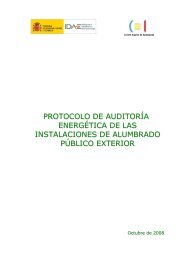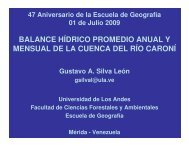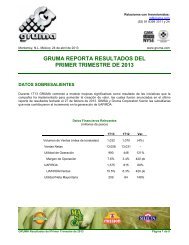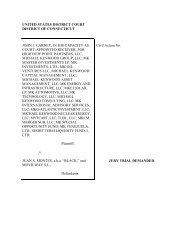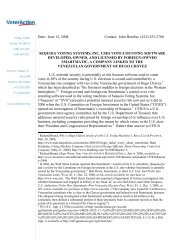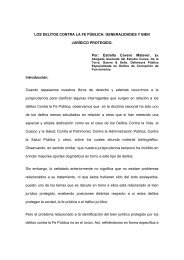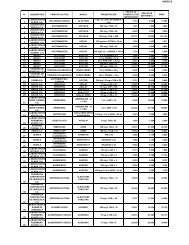broschuere ee zahlen en bf
broschuere ee zahlen en bf
broschuere ee zahlen en bf
You also want an ePaper? Increase the reach of your titles
YUMPU automatically turns print PDFs into web optimized ePapers that Google loves.
annex: methodological notes<br />
106 R<strong>en</strong>ewable Energy Sources in Figures<br />
9. Effect of EU Directive 2009/28/EC on r<strong>en</strong>ewable <strong>en</strong>ergy statistics<br />
EU Directive 2009/28/EC on the promotion of the use of <strong>en</strong>ergy from r<strong>en</strong>ewable sources<br />
contains detailed requirem<strong>en</strong>ts with regard to calculating the achievem<strong>en</strong>t of targets. To<br />
some ext<strong>en</strong>t these differ from the calculation methods used in Germany to date, which<br />
form the underlying methods used in this brochure. The following differ<strong>en</strong>ces in particular<br />
should be noted:<br />
ó The target is based on gross final consumption of <strong>en</strong>ergy,<br />
ó Electricity supplied by hydropower and wind <strong>en</strong>ergy is normalised,<br />
ó There are special requirem<strong>en</strong>ts for calculating the shares of heat consumption<br />
and in the transport sector.<br />
Gross final consumption of <strong>en</strong>ergy is defined as follows in Article 2 (f) of Directive 2009/28/EC:<br />
‘gross final consumption of <strong>en</strong>ergy’ means the <strong>en</strong>ergy commodities delivered for <strong>en</strong>ergy purposes to<br />
industry, transport, households, services including public services, agriculture, forestry and fisheries,<br />
including the consumption of electricity and heat by the <strong>en</strong>ergy branch for electricity and heat production<br />
and including losses of electricity and heat in distribution and transmission.<br />
In the national statistics to date (e.g. in this brochure), final <strong>en</strong>ergy consumption has b<strong>ee</strong>n<br />
defined as the portion used for <strong>en</strong>ergy purposes of that <strong>en</strong>ergy quantity within Germany that<br />
reaches the final consumer. Gross final <strong>en</strong>ergy according to the Directive corresponds to<br />
final <strong>en</strong>ergy plus grid losses and plus the internal consumption of the g<strong>en</strong>erating plants, and<br />
is therefore higher.<br />
Wh<strong>en</strong> calculating the contributions of wind <strong>en</strong>ergy and hydropower, the effects of climate<br />
fluctuations on electricity yield are tak<strong>en</strong> into account. As a result of this “normalisation” in<br />
terms of an average year, the figure for wind and hydropower no longer corresponds to the<br />
actual yield for the year in question, but provides a better picture of the relevant expansion.<br />
Target achievem<strong>en</strong>t calculations in the transport sector only take account of sustainably produced<br />
biofuels plus the contribution due to the electricity which is g<strong>en</strong>erated from r<strong>en</strong>ewable<br />
sources and consumed in all types of electric vehicles. Furthermore, a factor of 2 is applied to<br />
biofuels from residues, lignocellulose, biomass-to-liquids (BtL) and biogas from residues, and a<br />
factor of 2.5 to r<strong>en</strong>ewable electricity in the road traffic sector.<br />
Thus comparisons betw<strong>ee</strong>n data determined in accordance with the requirem<strong>en</strong>ts of the EU<br />
Directive and statistics from other sources, such as the data under the R<strong>en</strong>ewable Energy<br />
Sources Act or the national statistics, may be of limited value.




